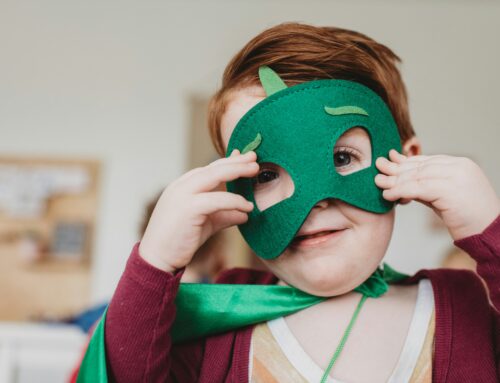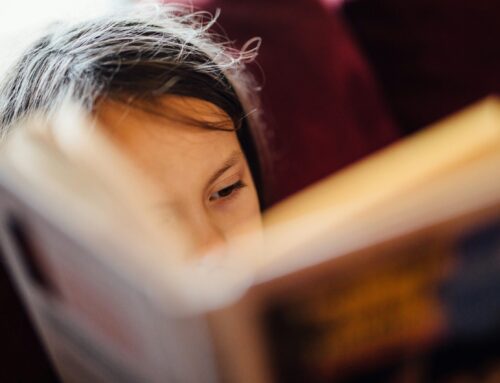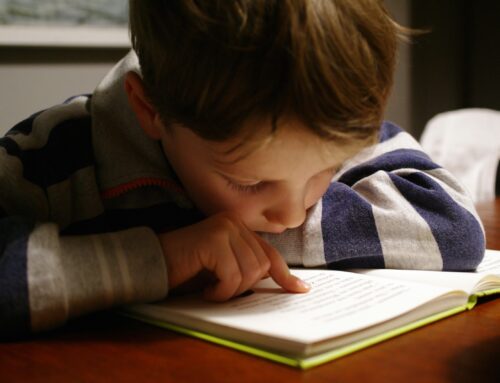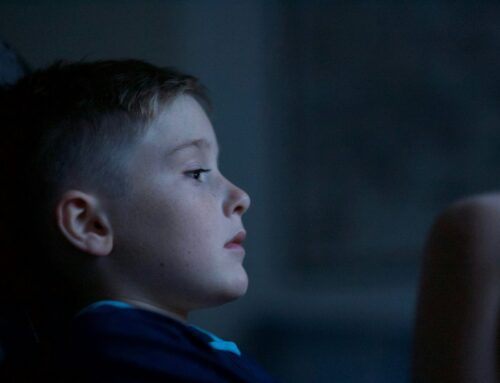As parents, it’s easy to hope that your children won’t struggle with the same pressures that you do: anxiety, depression, mental health crises…you want to protect your child from all of that. But the truth is that mental illness is a very real thing, even for children. Data collected between 2016-2019 showed that roughly 5.8 million US children struggled with anxiety and 2.7 million struggled with depression.(1)
Talking about mental health with your child can help them to feel less isolated in their struggles. It can help validate that the pain they’re feeling is real and may encourage them to open up to you about what they’re feeling so that you can make a plan to get them help.
One way to start a discussion about mental health is by putting on a movie that might be relevant to your child’s struggles. Children’s movies lately have done wonders when it comes to showing the strain of trauma, anxiety, and more. Consider having a movie night with one of these kids’ movies and then discussing them with your child.
Encanto
Encanto was a major Disney hit from the day it came out on November 24, 2021. With hit music from Lin Manuel Miranda and stunning animation of a magical Colombian village, home, and family, you may still find yourself humming “We Don’t Talk About Bruno.” But the movie was equally as popular for the way it portrayed generational trauma, as well as the anxiety that arises from trying to be perfect.
Encanto features the magical Madrigal family. Each one has a gift of some sort that ties into their personality. Abuela Alma’s gift was a magical house that protects her family. Julieta, the protagonist’s mother, cooks food that magically heals. The protagonist’s “perfect” eldest sister grows beautiful flowers wherever she goes, while her second sister has super strength. The main character Mirabel, burdened with a sense of inferiority after she was given no gift at all, must seek out her estranged uncle Bruno, who was able to see the future, about a prediction he had involving the fall of the house…with Mirabel at the center of it all.
But it’s clear from the beginning that these gifts come from a place of deep trauma. Alma was given her magic after she and her husband were chased from their homes during the armed conflict in Colombia, and her husband lost her life. The rest of the town has become dependent on the Madrigals due to their gifts, which puts an unreasonable amount of pressure on them. Many of the Madrigals feel trapped by the pressure to be perfect or strong all the time.
This movie is a good way to open a discussion about where your child may place their value as a person. It can be easy to want to see themselves as the “smart one” or the “pretty one” or the “one who’s good at sports.” Remind them that they don’t have to be any of those things to be loved and that, as Mirabel sings, “you’re more than just your gift.”
Turning Red
In Turning Red, thirteen year old Meilin Lee’s life takes a complicated turn when she begins turning into a giant red panda. She learns that this powerful ability has been passed down from her mother’s side of the family for generations, and that she will turn into a red panda in times of high emotion. Previous generations of her family have learned to seal the red panda away within a talisman, but Meilin — with the help and support of her best friends — comes to accept and even love her other form, and doesn’t want it to be locked away.
After Turning Red, talk to your child about how they react to big emotions and about accepting those big emotions. Ask them what kind of animal they think they would turn into and what emotions might cause that. You can even bring up Meilin’s family’s story of the red panda. It was once a way to protect their village during a tumultuous time, and it protected them. However, in modern times, the red panda isn’t able to serve quite the same function. What habits and emotions once helped your child but might no longer be necessary?
Inside Out
Inside Out is all about the emotions that live inside a young girl named Riley: Joy, Sadness, Fear, Disgust, and Anger. They maintain her reactions and behaviors to the world around her from a central console. These emotions are thrown into chaos when Riley moves to a new city for her father’s work. Although Joy wants Riley to be happy all the time and be able to remain upbeat and positive for her family, it becomes clear throughout the course of the movie that all of the emotions — including sadness — serve an important role in Riley’s life and that they are all needed for balance.
Ask your child which emotion has been controlling the console in their own mind lately, and what events in their life might have caused that emotion. Don’t try to correct them as they tell you; just listen. Even though it can be hard to hear that your child might be sad, afraid, or angry, it’s important that they’re being honest with you. Ask them what they can do when they feel these different emotions.
Watching these movies with your child and taking the time to discuss them will help you get into the habit of spending quality time together. It will also help your child understand that they can come to you with their feelings, including any mental health struggles they might have.
Looking for a neurobehavioral assessment for your child? Contact NeuroBehavioral Associates today to get started and to find parent resources to guide them through any neurobehavioral challenges.
References:
- Data and Statistics on Children’s Mental Health – The Center for Disease Control & Prevention





